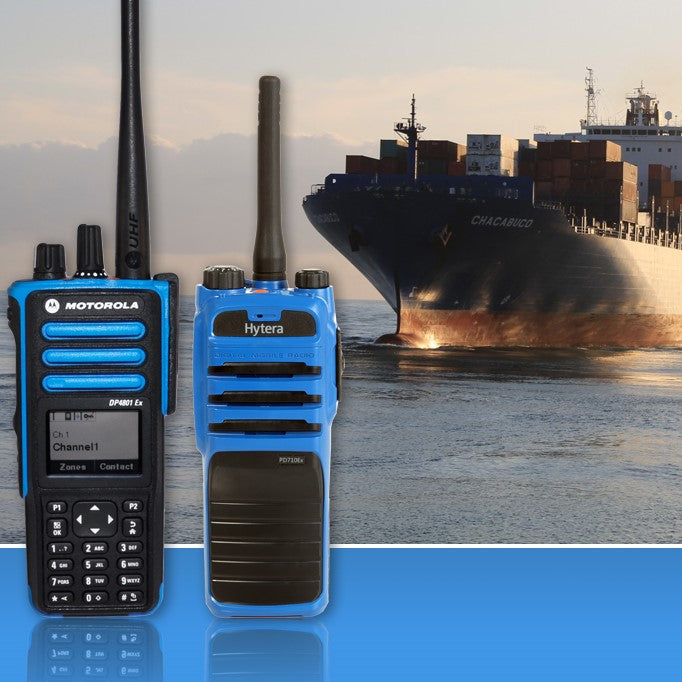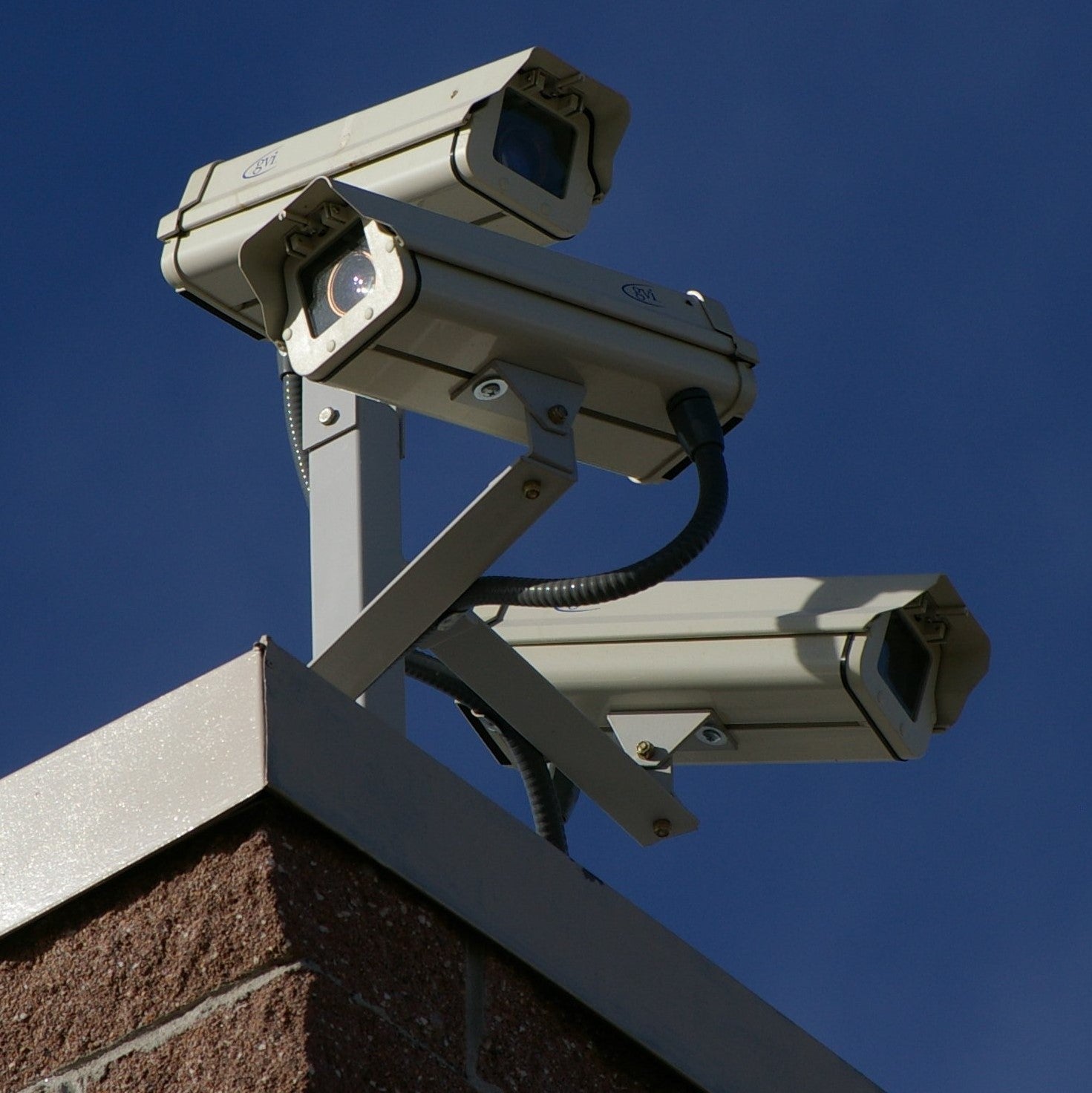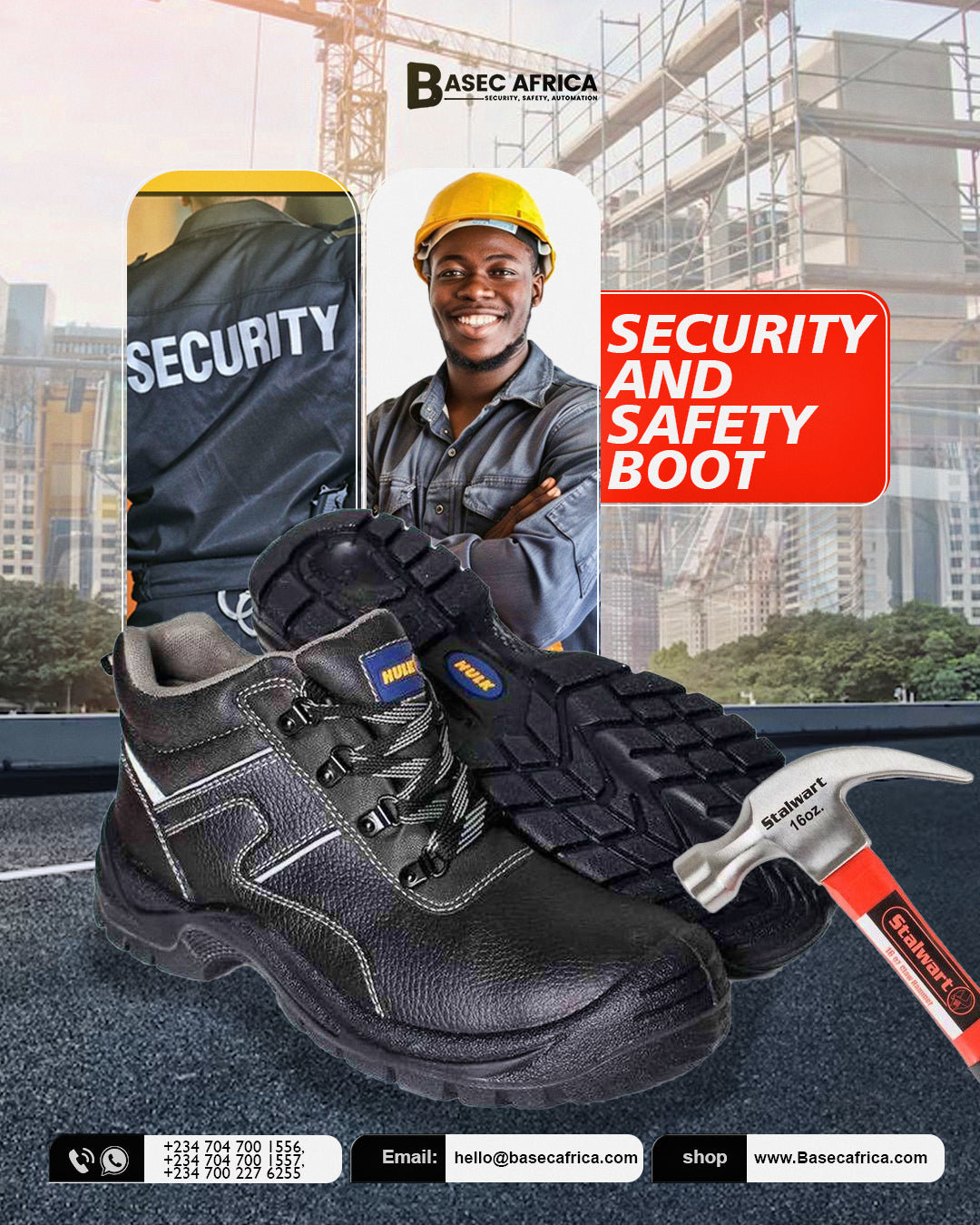✅ 1. Foot Protection from Impact
Steel or composite toe caps shield the feet from falling objects, heavy equipment, or compression injuries.
🔥 2. Slip Resistance
Specially designed soles provide grip on slippery surfaces like oil, water, or loose gravel, reducing fall hazards.
🛡️ 3. Puncture Resistance
Midsole plates protect against sharp objects such as nails, glass, or metal shards that can penetrate regular footwear.
⚡ 4. Electrical Hazard Protection
Insulated soles reduce the risk of electric shock for workers in environments with live wires or electrical equipment.
🌧️ 5. Weatherproofing
Many safety boots are water-resistant or waterproof, keeping feet dry and reducing the risk of blisters or infections.
👷 6. Ankle and Arch Support
Designed for extended wear, they provide better posture and reduce fatigue and joint strain during long shifts.
🦺 7. Compliance with Safety Regulations
Wearing certified safety boots helps organizations meet legal and occupational health & safety requirements.
🦠 8. Protection Against Biological Hazards
In environments like healthcare or sanitation, boots can prevent exposure to infectious materials or chemicals.
🔥 9. Fire and Heat Resistance
Some safety boots are designed with flame-retardant materials to protect against sparks, heat, or open flame.
👣 10. Professional Appearance and Deterrence
Uniform-style safety boots enhance a security officer’s authoritative appearance, contributing to deterrence and public confidence.
















